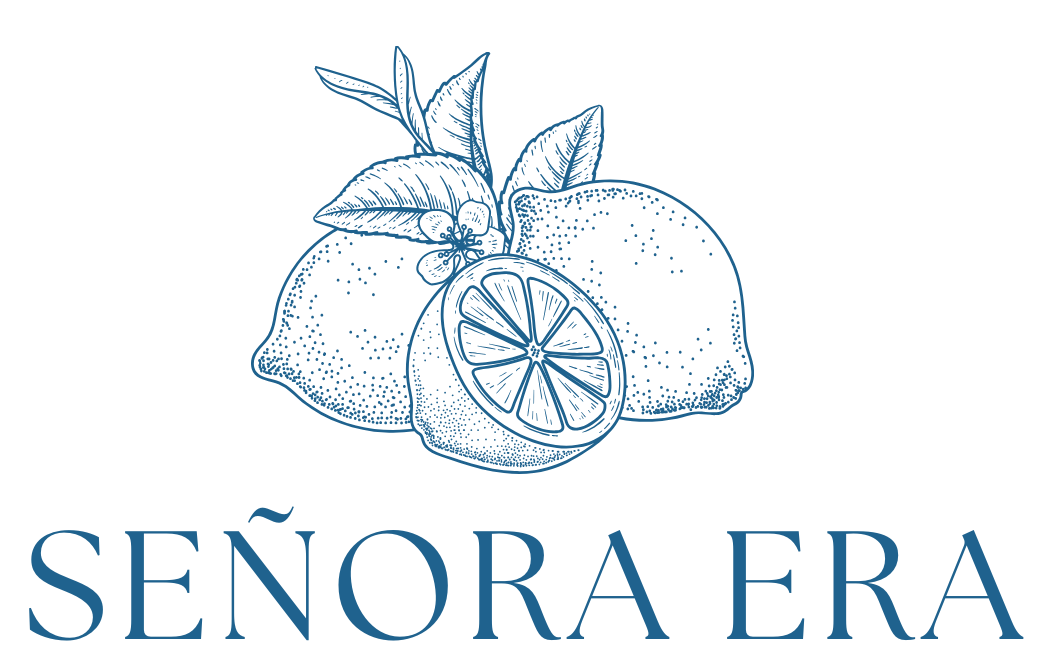Contrary to what many influencers say, could the world’s best morning routine be free?
That’s true according to Andrew Huberman, famous health and wellness podcaster and professor of neurobiology at Stanford University School of Medicine (who we like because he has the science chops to back up his claims).
And also maybe according to your abuela.
The researcher and professor says the best morning routine, backed by science, involves two things:
- Delaying your caffeine for an hour
- Delaying your first meal of the day and having a heartier lunch (which in many circles is called Intermittent Fasting)
- Getting light in your eyes first thing in the morning for at least ten minutes.
Does that sound right? It did to the señoras of your ancestral line. Your great grandmother would get up and immediately go outside to tend to the garden, farm or ranch to feed the chickens or water the plants. They would likely only drink tea or un cafecito, which would tie them over until lunchtime, where they would have a meal full of wholesome local food.
Let’s talk about breakfast
The idea that breakfast is the most important meal of the day – and is supposed to be heavy with carbs and protein – is largely a marketing myth created by big American corporations like General Mills.
Your ancestors likely didn’t eat much in the morning! Your abuelas called it ayuno, which means a morning fast.
The idea of 3 strict meals per day actually wasn’t very common throughout history – in Latin American and Hispanic cultures and also in Indigenous cultures. For many folks the biggest meal of the day was “supper”.
Many of our abuelas were lovers of morning ayuno out of convenience (it was tough to keep a ranchito!) and others may have done it for religious reasons, like during semana santa (Holy Week).
The culture shift actually came about during the industrial revolution and the newly created timed workday of the 17th century, when workers were told to eat three meals to have as much energy as possible for their shifts.
The large American breakfast likely was influenced by the “fried English breakfast” – or the “fry up” – that started to include fried eggs, sausages, bacon, bean, hash brown, tomato, and mushroom and more. This slowly made its way across the world.
Your ancestors may have had the following meals to break their fast – but this likely resembled brunch more than breakfast in some of your ancestors’ routines:
- Corn-Based Dishes: Corn was a staple crop in many Latin American cultures, and it played a significant role in breakfast foods. Dishes like tamales, arepas, and tortillas made from corn dough were commonly consumed.
- Chocolate: Chocolate was introduced to Europe from the Americas during the colonial period. In Latin American colonial cultures, hot chocolate was a popular morning beverage, often made with cocoa and spices.
- Fruits: Fresh fruits that were locally available would also be included in breakfast. Depending on the region and season, fruits like bananas, papayas, guavas, and avocados might have been eaten.
- Breads: Depending on the region and the level of world influence, various types of bread might have been eaten, such as wheat bread, sweet breads, or rolls.
- Dairy Products: If available, dairy products like cheese or milk might have been consumed, though availability would have varied based on factors such as geography and economic status.
- Beverages: Apart from hot chocolate, other beverages like herbal teas, fruit juices, or infusions might have been consumed.
- Local Ingredients: Indigenous ingredients that were part of the native diet, such as quinoa, amaranth, and various types of potatoes, could also have been incorporated into breakfast dishes.
Modern day Latin American señora breakfasts vary based on each country. For example, Argentinos may have a small croissant or medialuna with tea, Chileans have avocado toast, whereas in Venezuela, a señora may have an arepa or two in the morning.
And of course – it’s always accompanied by a little tecito (tea time).






